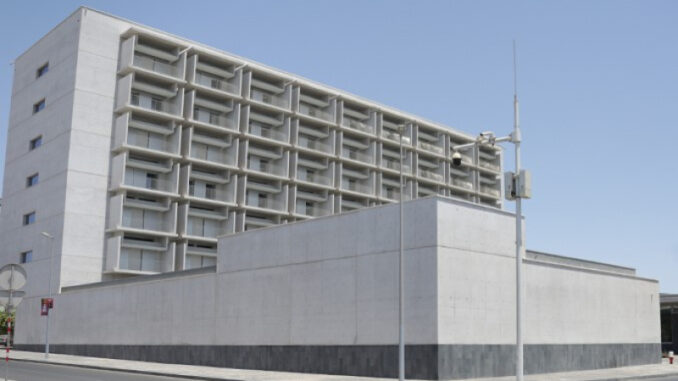
The Bank of Cape Verde on Monday August 21 warned of the high level of non-performing loans on the balance sheet of banking institutions in the country, pointing out that this is still above the average for small island economies.
In the 2022 financial stability report released, the Central bank pointed out that despite the downward trend in the proportion of non-performing loans in relation to total credit, to single-digit levels, the ratio in Cape Verde remains higher than the figures observed in Mauritius and Seychelles, i.e. the differential with the main peer countries remains high.
“The high cost of credit risk continues to condition the level of financial intermediation, the soundness and profitability of the banking sector”, the BCV pointed out in the report.
Another aspect pointed out in the chapter on vulnerabilities has to do with the high level of banking concentration in the credit and deposit markets.
According to the BCV, concentration in the credit and deposit markets in the banking sector remains equally high, despite the downward trend observed over the last five years, a situation which also reflects the high exposure to riskier operations and the dependence on funding from institutional depositors. This situation, according to the same source, could also increase the systemic risk and contagion for the entire banking system, thus affecting financial stability.
On the other hand, it points to the high level of public debt and the nexus between the banks and the state, indicating that despite the improvement in the public deficit, which fell to 4.2% of GDP in 2022 (7.3% of GDP in 2021), the stock of public debt and its ratio to GDP (128.5%) remain high.
